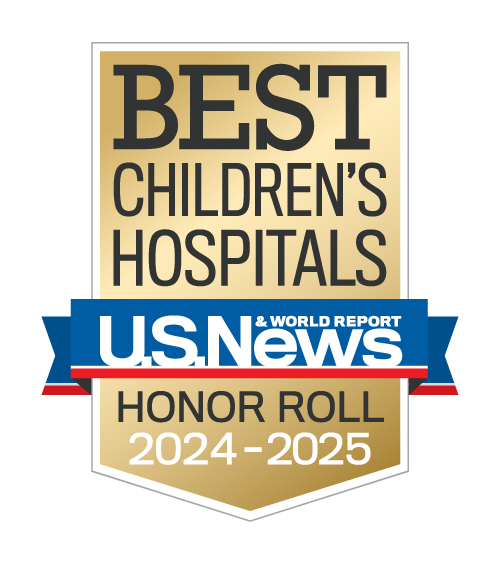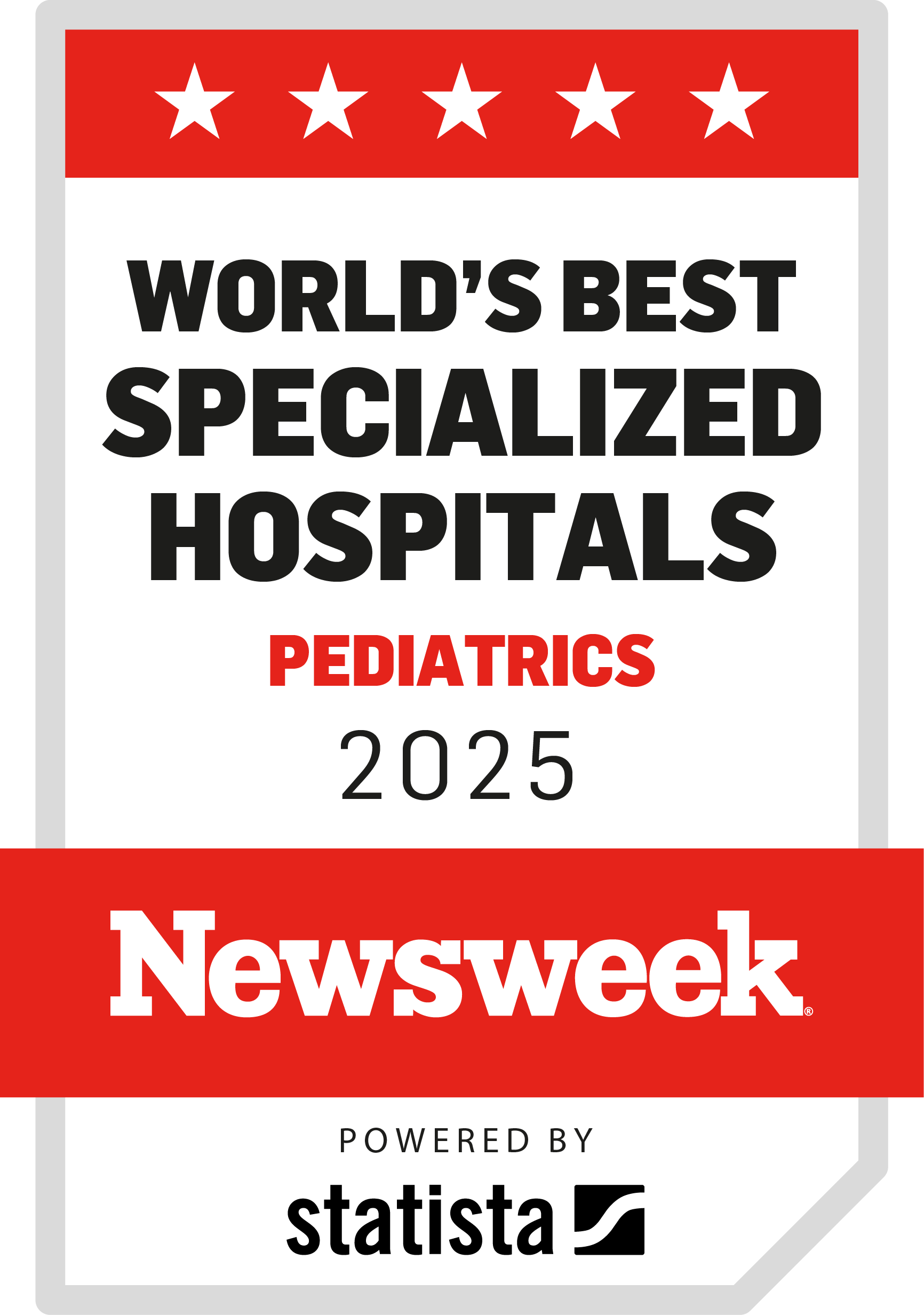Comprehensive medical care for retinal disorders
The Pediatric Medical Retina Service at Boston Children’s Hospital is dedicated to diagnosing and managing retinal and visual disorders in infants, children, and young adults. We specialize in treating inherited retinal disorders (IRDs), including conditions like Leber congenital amaurosis (LCA) and Stargardt disease, as well as non-genetic retinal conditions such as diabetic retinopathy and sickle cell-related retinal issues.
Our program combines expert care with advanced testing methods and personalized treatment plans to help your child live their best life.
Why choose the Pediatric Medical Retina Service?
As part of one of the largest and oldest pediatric ophthalmology departments in the United States, the Pediatric Medical Retina Service has a proven track record of success in treating a wide range of cases, from the routine to the most complex.
Our program is recognized for:
- Comprehensive care - We are one of the few centers in the U.S. offering full evaluations for children of all ages with retinal issues, including testing like retinal imaging, electrophysiology and genetic analysis.
- Innovative treatments - We offer the latest in gene therapies such as Luxturna®, and we are involved in cutting-edge clinical trials for children with conditions that were once considered incurable.
- Collaborative expertise with a pediatric focus - Our team of pediatric retina specialists, low-vision experts, genetic counselors, and others work together to develop a personalized care plan for your child.
How we approach retinal and visual disorders
At the Pediatric Medical Retina Service, we take a whole-child approach to care. Our goal is to provide every child with comprehensive, personalized care using advanced diagnostic techniques and state-of-the-art treatments. And because we collaborate with experts from a wide range of specialties — including genetics, radiology, medicine, metabolism, and more — we’re specially equipped to treat all aspects of your child’s condition.
Depending on their unique medical needs, your child’s care team may include:
- Retina specialists
- Low-vision specialists
- Optometrists
- Social workers
- Psychologists
Our services
The Pediatric Medical Retina Service offers children the most advanced, extensive, and thorough diagnostic testing of retinal function. In addition to a complete ophthalmic examination, we perform a range of procedures that includes:
- Electroretinography (ERG), which lets us see how well the cells in the retina (the part of your eye that detects light) are working. ERG looks at the rods and cones, which help us see in low light and see colors. We may also use a test called multifocal ERG (mfERG), to look at the central part of the retina, where conditions like macular degeneration can cause vision problems.
- The sweep visual evoked potential (sVEP), which helps us measure how clearly a person sees, especially if they have trouble with regular eye tests. It also checks how well your child’s optic nerve is working, which is important for seeing clearly.
- Dark Adapted Visual Threshold (DAT), which allows us to learn how sensitive the retina is to low light. It checks how well a patient can see in the dark and helps us understand their night vision. The test shows the dimmest light your child can see, which helps track how their condition is changing over time. These results, along with other tests like infrared pupillography (which looks at pupil reactions), color vision tests, and visual field tests (perimetry), help us understand and diagnose vision problems.
- Genetic testing, which, in some cases, helps our team reach a specific diagnosis so we can better understand your child’s eye condition and offer the best possible treatment. In collaboration with our Division of Genetics and Genomics, we work to understand your family history and your child’s symptoms, and we perform specialized genetic tests to inform your child’s diagnosis and guide an effective treatment plan.
Once your child has been diagnosed, our team works together to offer an individualized treatment plan that may involve:
- Gene therapy, such as Luxturna, which has transformed treatment for inherited retinal disorders caused by mutations in the RPE65 gene. Although this is currently the only FDA-approved treatment for IRDs, gene therapy is a rapidly advancing field. We work with research protocols and companies that are developing treatments for other IRDs, such as x-linked retinitis pigmentosa and achromatopsia, and are actively involved in clinical trials aimed at advancing new therapies.
- Pediatric low-vision devices such as magnifiers, telescopes, and more to help children navigate the world with confidence.
- Recommendations for strategies to help children make the best possible use of their vision.
- Appropriate educational and support services. We understand the emotional and physical challenges of dealing with vision loss in children, and we support families through each step of the process. Our support services include social workers, low vision specialists, and psychologists, as well as our community of patient families with vision disorders.
What to expect at your first visit
During your child’s first visit, our team will work to understand your child’s medical history and vision needs. We’ll conduct two initial assessments:
- A review of your child's history and any treatments they’ve received
- An ophthalmologic evaluation that includes all aspects of the eye, including the retina. From there, we may recommend further testing, which can sometimes take more than one visit. In some cases, an evaluation under anesthesia (on a separate day) is needed to complete the evaluation of the patient.
Our goal is to build a relationship with your child and family while developing a detailed plan to understand and care for your child. As we learn more, we’ll discuss the best possible options for your child’s condition and any further steps we need to take for diagnosis and treatment.


